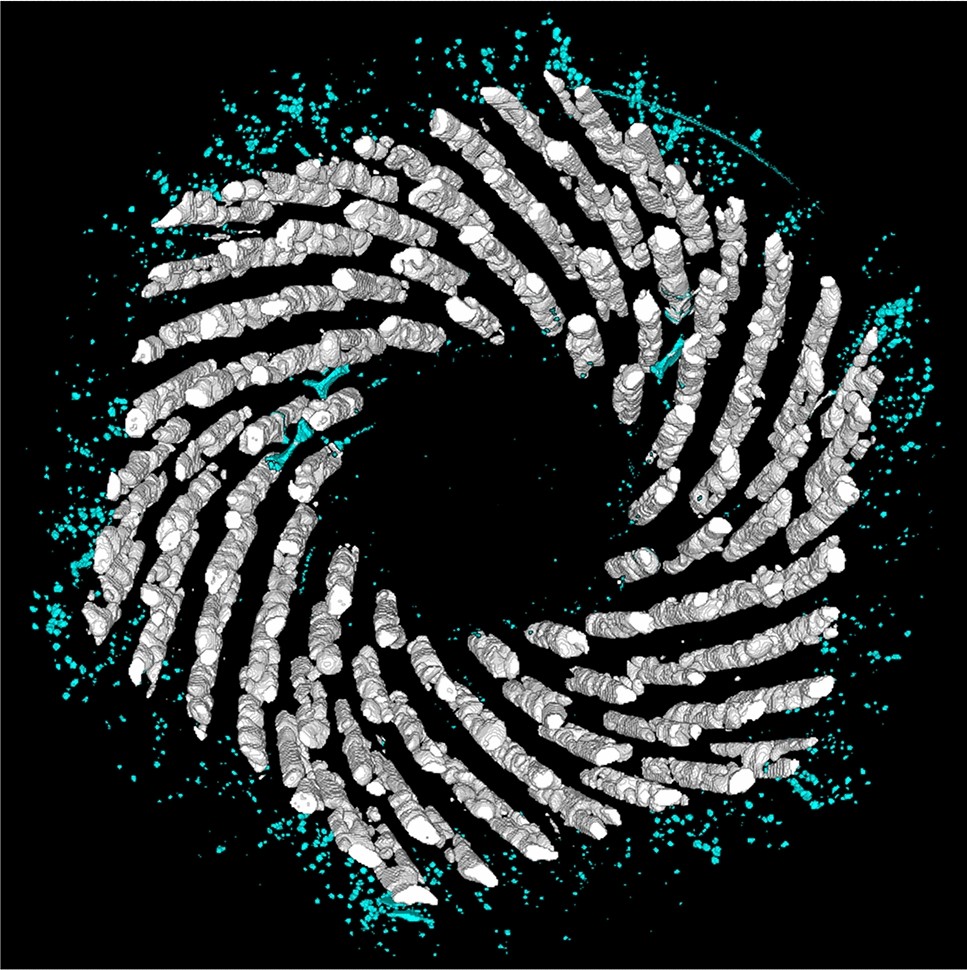Machine learning applied to X-ray tomography as a new tool to analyze the voids in RRP Nb3Sn wires

The electro-mechanical and electro-thermal properties of high-performance Restacked-Rod-Process (RRP) Nb3Sn wires are key factors in the realization of compact magnets above 15 T for the future particle physics experiments. Combining X-ray micro-tomography with unsupervised machine learning algorithm, we provide a new tool capable to study the internal features of RRP wires and unlock different approaches to enhance their performances. Such tool is ideal to characterize the distribution and morphology of the voids that are generated during the heat treatment necessary to form the Nb3Sn superconducting phase. Two different types of voids can be detected in this type of wires: one inside the copper matrix and the other inside the Nb3Sn sub-elements. The former type can be related to Sn leaking from sub-elements to the copper matrix which leads to poor electro-thermal stability of the whole wire. The second type is detrimental for the electro-mechanical performance of the wires as superconducting wires experience large electromagnetic stresses in high field and high current conditions. We analyze these aspects thoroughly and discuss the potential of the X-ray tomography analysis tool to help modeling and predicting electro-mechanical and electro-thermal behavior of RRP wires and optimize their design.
T. Bagni, G. Bovone, A. Rack, D. Mauro, C. Barth, D. Matera, F. Buta & C. Senatore
Scientific Reports, 11, 7767 (2021)